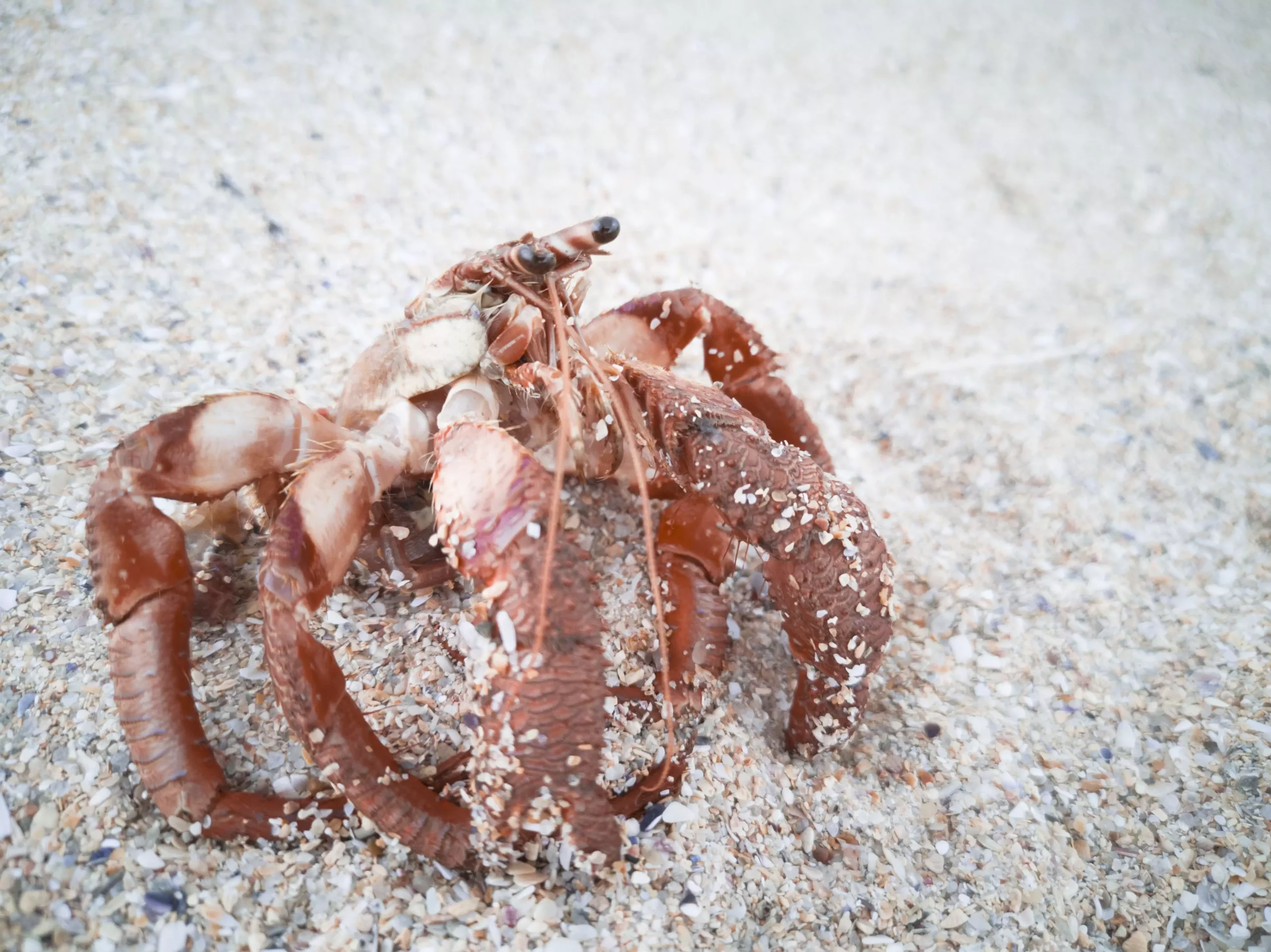Hermit crabs are endearing creatures that delight owners with their quirky behaviors and colorful shells. However, one concerning behavior that can occur among hermit crabs is shell evacuation, which might leave pet owners perplexed and alarmed. This article delves into the causes and implications of shell evacuation, proper care routines, and how to create an optimal living environment for these fascinating pets.
Shell evacuation occurs when hermit crabs leave their shells, a behavior that is not always indicative of distress. For growing hermit crabs, casting aside their old shells in favor of larger ones is a natural part of their development, akin to molting. While this routine process typically raises no alarms, an unexpected evacuation can signal deeper issues within their environment or health. Not every instance of shell abandonment reflects a need for a bigger home—factors such as stress and environmental conditions can also play crucial roles.
It’s essential to recognize the signs that indicate whether your hermit crab is undergoing a natural molt or experiencing stress. During a normal molting process, you may observe your crab exhibiting pre-molt behaviors such as increased food intake, seeking water sources, and climbing the habitat walls. Unlike standard molting, shell evacuation that results from stress can lead to vulnerability, as hermit crabs exposed to the environment risk dehydration and lethargy.
Several symptoms can signal that your hermit crab is undergoing stress-induced shell evacuation. If your crab seems dried out, lethargic, or abandons its shell with signs of distress such as fungal growth or foreign materials found within the shell, it is crucial to assess its habitat conditions. Factors such as overly high or low humidity, temperature extremes, overcrowded living conditions, or potential fights between crabs can lead to such detrimental circumstances. Being vigilant and observant is critical to determine the immediate needs of your hermit crab.
Stress can manifest in various ways, and recognizing the underlying causes can often pinpoint necessary interventions. Inadequate humidity levels, failing to provide clean food, or not regularly cleaning the habitat can all contribute to unhealthy living conditions, aggravating your pet’s well-being. Hence, it is vital to maintain optimal environmental parameters to ensure your hermit crab feels secure and healthy.
To ensure long-term health and happiness for your hermit crabs, creating a safe and stimulating living environment is paramount. One of the key factors is humidity, which should ideally remain between 70% and 80%. This moisture level is essential, as hermit crabs breathe through modified gills that rely on water for effective respiration. Utilizing a hygrometer can help measure humidity, while warm misting with distilled water can provide necessary moisture.
Temperature also plays a significant role in maintaining a stable environment. The ideal temperature range for a hermit crab enclosure is between 72 and 80 degrees Fahrenheit, allowing for a conducive habitat for burrowing and shell exchanges. Implementing adequate airflow within the enclosure prevents the growth of mold or bacteria, both of which can pose serious health risks to your pet crabs.
Additionally, regular maintenance of the habitat is obligatory to prevent issues like fungal infections. Fresh diet, removal of leftover food, and cleaning the substrate frequently are proactive steps that can safeguard the health of your crabs.
Shell selection is equally important for hermit crabs. It is vital to offer an array of empty shells in varying sizes and styles. Crabs often have preferences based on the previous shell they occupied, so making sure to provide options similar in shape can facilitate ease of transition. Prior to introducing new shells, it is important to sterilize them thoroughly to eliminate potential contaminants. Washing them, boiling them briefly, and allowing them to dry will help ensure your crabs are introduced to a safe new home.
In cases where a hermit crab remains out of its shell for extended periods or exhibits signs of severe distress, pet owners should not hesitate to consult a veterinarian who specializes in exotic animals. Professional insight can provide personalized recommendations based on individual cases, ensuring that your pet receives appropriate care tailored to its specific health needs.
Hermit crabs display fascinating and intricate behaviors that reflect their unique nature. As a pet owner, understanding shell evacuation, recognizing stress signs, and minimizing distress factors through an optimal habitat can ensure a secure and nurturing environment for your hermit crab. With deliberate care, consistent monitoring, and awareness of these charming creatures’ needs, you can provide a thriving home that encourages their natural behaviors and keeps them healthy for years to come.

